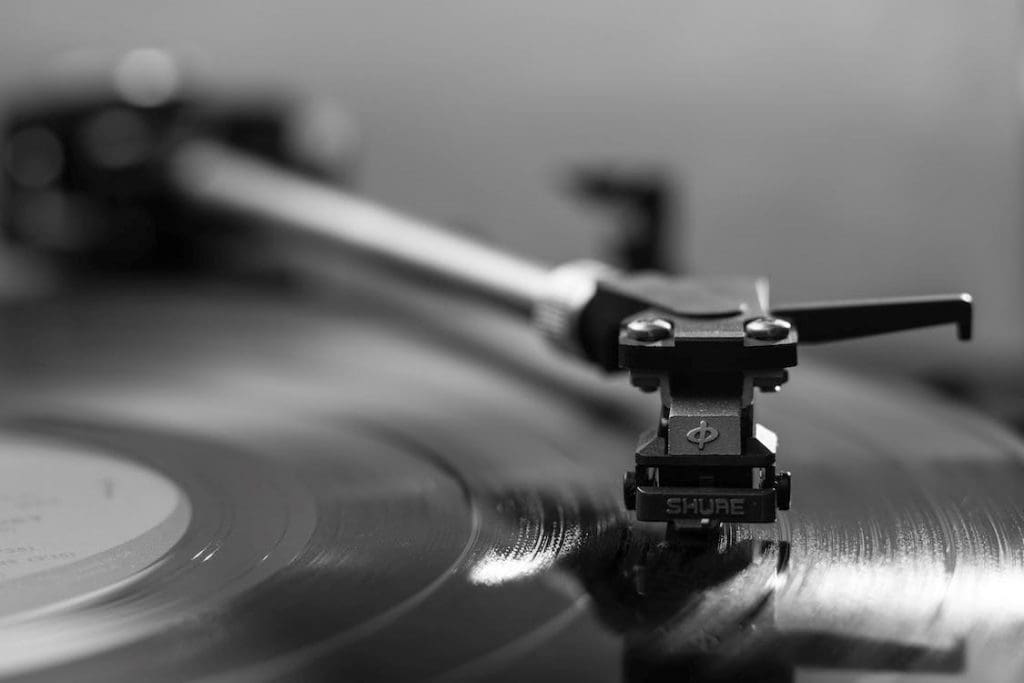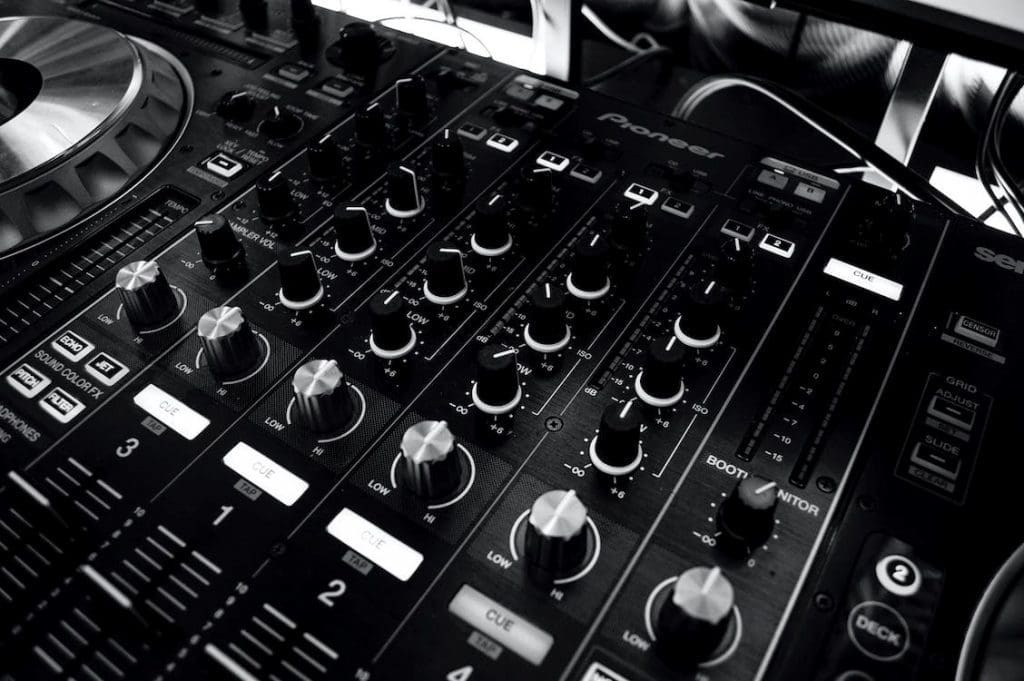Dead as Disco: The Concept Album


Source: Pexels
As long ago as the early 2000s, the American media company NPR was lamenting the death of the concept album, noting that the music scene had become “Darwinian”, where only the strongest could survive. Given the popularity of the concept album in previous decades, especially in the 1970s, that statement might seem cynical. Even acts like The Beatles and Frank Sinatra experimented with concept albums, after all.
Year Zero
In an era of cinematic universes and meandering connections between media franchises, the absence of the concept album (or albums) seems odd. Even something as niche as gaming tends to have its own set of related content. The Fireblaze slots in the Paddy Power casino are all linked by their tiered prize system but they’re also themed around ancient cultures, especially Ancient Egypt and China.
In music, these connections rarely transcend individual albums but a set of linked tracks has long been used as a way to make a record tell a story or, at least, appear seamless. Sinatra’s 1955 album In the Wee Small Hours, arguably the first concept album ever made, was considered such purely because the track listing resembled a story, from a tale of heartbreak to one of perseverance.
Unfortunately, electronic music doesn’t seem to have much interest in concept albums. On the industrial side of things, Nine Inch Nails’ 2006 album Year Zero was written about a dystopian future poisoned by government and military overreach. Curiously, writer Reznor settled on the year 2022 for his broken vision. Songs like Survivalism and Capital G (allegedly, G for “greed”) tell a story just like Sinatra’s did.
Solitary Hits
Of course, a concept album doesn’t have to be quite so obvious, and many of them get away with a few references to a central idea. The question to ask is, where did they go? One of the obvious answers is the fact that tracks tend to exist in isolation (and in competition with each other) in online stores. It’s not so much that the concept album is dead but that all albums are approaching a terminus, something that’s discussed on the Mixdown website.


Source: Pexels
It’s worth noting that radio also took tracks from concept albums and turned them into solitary hits. However, back in those days, the only way to experience the song again was either to buy the single or buy the full album. With Spotify and Amazon Music, among other platforms, many tracks are heard for the first time at the point where they can be bought or heard on repeat via a recurring subscription.
The downside of this is that artists rarely get their dues from listens, as content is filtered through a mega-corporation first, rather than from the grooves of a disc to fans’ ears. While efforts have been made to improve the creator/listener relationship, including via the blockchain and other technological fads, the fact that full albums are no longer fashionable is a difficult yet inevitable conclusion for everyone to bear.
The good news is that dedicated fans always prefer to buy all the material on a disc rather than a single or two. What happens if popular artists continue to force the dominance of singles over albums though? Do we all follow suit?
Since you’re here …
… we have a small favour to ask. More people are reading Side-Line Magazine than ever but advertising revenues across the media are falling fast. Unlike many news organisations, we haven’t put up a paywall – we want to keep our journalism as open as we can - and we refuse to add annoying advertising. So you can see why we need to ask for your help.
Side-Line’s independent journalism takes a lot of time, money and hard work to produce. But we do it because we want to push the artists we like and who are equally fighting to survive.
If everyone who reads our reporting, who likes it, helps fund it, our future would be much more secure. For as little as 5 US$, you can support Side-Line Magazine – and it only takes a minute. Thank you.
The donations are safely powered by Paypal.










